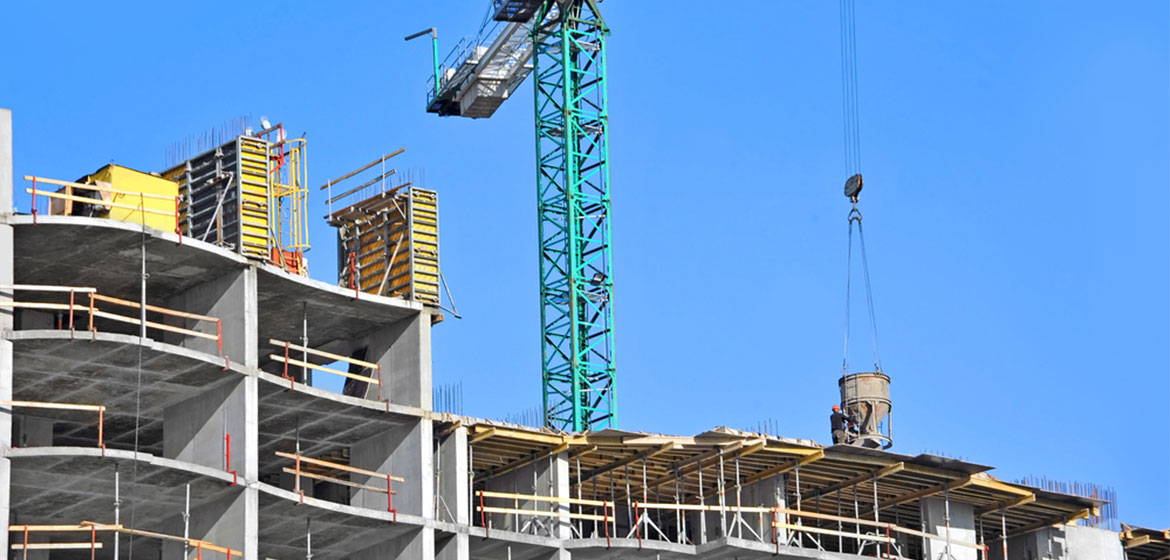10 Essential Commercial Building Codes Every Property Owner Should Know

Commercial buildings are subject to various building codes and regulations to ensure safety, functionality, and compliance with legal requirements. As a property owner, understanding these essential commercial building codes is crucial to avoid penalties, protect occupants, and maintain the value of your investment. In this post, we will discuss ten key commercial building codes that every property owner should be familiar with, providing a detailed explanation of each point.
Accessibility Codes
Commercial buildings must adhere to accessibility codes to ensure equal access for individuals with disabilities. These codes include provisions for wheelchair ramps, accessible parking spaces, elevator accessibility, door width requirements, and accessible restrooms. Compliance with accessibility codes not only ensures legal compliance but also creates an inclusive environment for all visitors and employees.
Fire and Life Safety Codes
Fire and life safety codes are designed to minimize the risk of fire, ensure rapid evacuation in case of emergencies, and enhance the safety of occupants. These codes cover aspects such as fire alarm systems, fire sprinklers, emergency exits, evacuation plans, fire-resistant materials, and adequate signage. Adhering to fire and life safety codes can save lives, protect property, and reduce insurance premiums.
Electrical Codes
Electrical codes regulate the design, installation, and maintenance of electrical systems in commercial buildings. These codes ensure that electrical work is performed safely, minimizing the risk of electrical shock, fires, and other hazards. Compliance with electrical codes includes proper wiring, grounding, circuit protection, electrical panel specifications, and regular inspections. Adhering to these codes not only guarantees safety but also prevents electrical failures and ensures efficient operation.
Plumbing and Sanitation Codes
Plumbing and sanitation codes govern the design and installation of plumbing systems in commercial buildings, ensuring proper water supply, drainage, and sanitation. Compliance with these codes involves appropriate pipe sizing, venting, backflow prevention, fixture requirements, and regular maintenance. Adhering to plumbing and sanitation codes promotes cleanliness, prevents water contamination, and maintains a healthy environment for occupants.
Structural Codes
Structural codes are crucial for ensuring the stability, integrity, and durability of commercial buildings. These codes specify the minimum standards for materials, construction methods, load-bearing capacities, and seismic resistance. Compliance with structural codes involves working with licensed architects and engineers, obtaining necessary permits, and conducting regular inspections during construction and throughout the building’s lifespan. Adhering to structural codes protects occupants from potential collapses and preserves the structural integrity of the property.
Energy Efficiency Codes
Energy efficiency codes promote the use of sustainable practices and technologies to reduce energy consumption in commercial buildings. These codes cover aspects such as insulation requirements, HVAC system efficiency, lighting standards, renewable energy integration, and building envelope performance. Compliance with energy efficiency codes not only lowers operating costs but also minimizes environmental impact and enhances the overall sustainability of the building.
Zoning Codes
Zoning codes dictate how commercial properties can be used within specific areas or zones designated by local authorities. These codes define permissible land use, building height and setbacks, parking requirements, and signage regulations. Compliance with zoning codes is essential to avoid legal disputes, maintain neighborhood aesthetics, and ensure that the property’s usage aligns with local community plans.
Hazardous Materials Codes
Hazardous materials codes regulate the storage, handling, and disposal of hazardous substances commonly found in commercial buildings, such as chemicals, flammable materials, and toxic substances. Compliance with these codes involves proper storage containers, ventilation systems, spill containment measures, and employee training. Adhering to hazardous materials codes minimizes the risk of accidents, environmental contamination, and health hazards for occupants and the surrounding community.
Occupancy Codes
Occupancy codes specify the maximum number of people allowed in different areas of a commercial building based on their purpose, size, and available exits. Compliance with occupancy codes ensures that buildings do not become overcrowded, which can impede evacuation and pose safety risks during emergencies. Understanding occupancy codes is crucial when planning events, remodeling spaces, or determining the appropriate usage of specific areas within the building.
Maintenance Codes
Maintenance codes outline the requirements for ongoing maintenance and repair of commercial buildings. These codes encompass regular inspections, equipment servicing, fire system testing, emergency lighting checks, and addressing any identified safety hazards. Compliance with maintenance codes helps property owners identify potential issues early on, mitigate risks, and extend the lifespan of building components.
Understanding and complying with commercial building codes is paramount for property owners to ensure the safety, functionality, and legal compliance of their buildings. By familiarizing yourself with the essential codes discussed above, you can protect occupants, prevent accidents, avoid penalties, and maintain the value and integrity of your commercial property. Always consult with local building authorities, architects, and engineers to ensure full compliance with relevant codes and regulations.